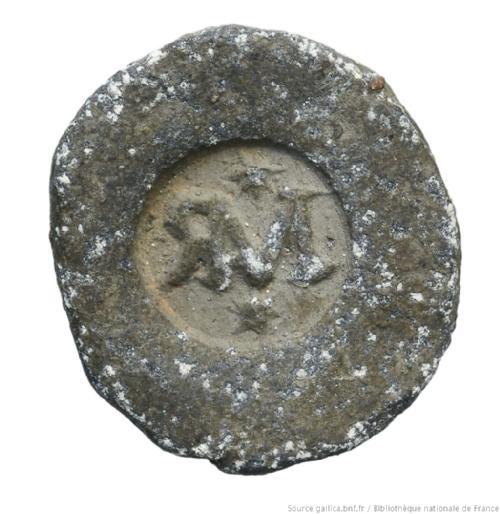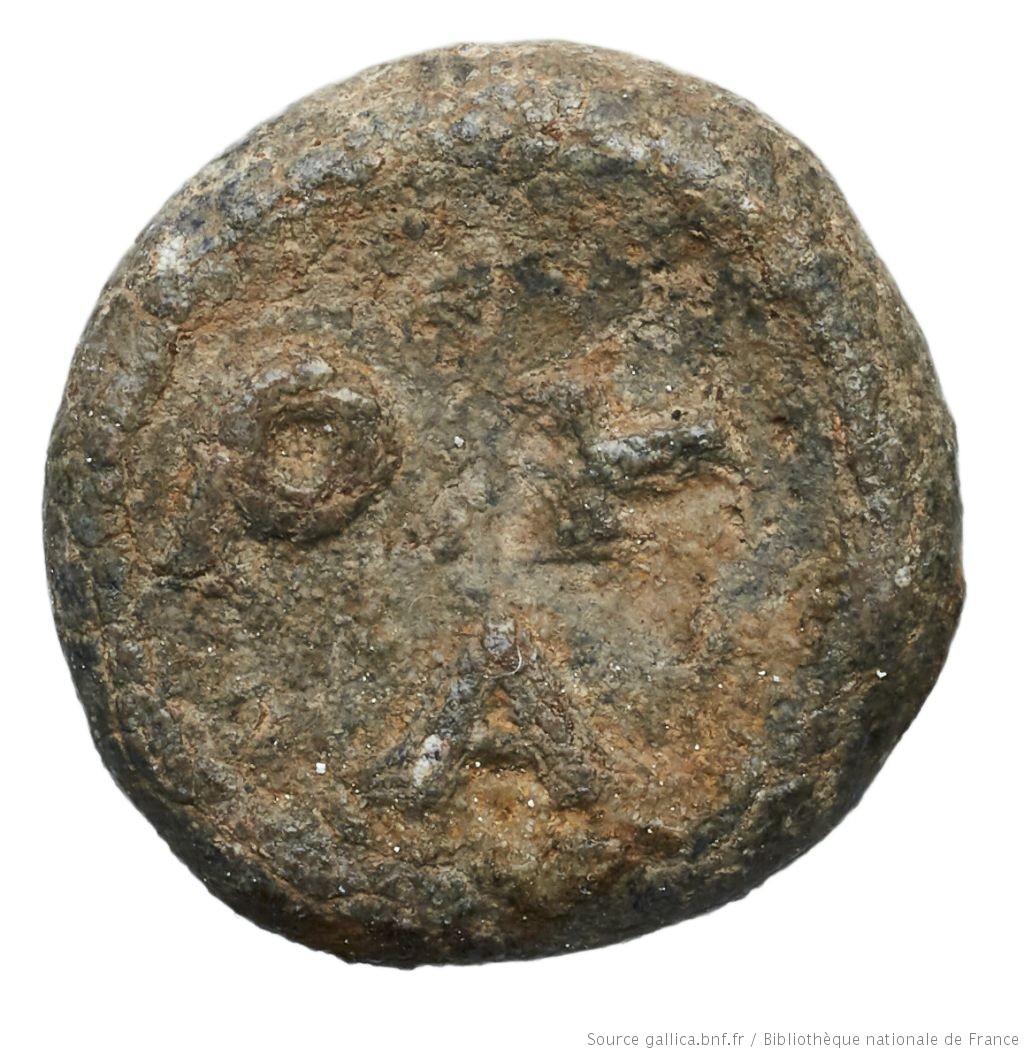Digitising the tokens of Lyon
Clare Rowan, Department of Classics & Ancient History
The closure of museums and art galleries during the Covid pandemic meant that access to materials online became more critical than ever. As part of a European Research Council funded project, Token Communities in the Ancient Mediterranean, staff in the department of Classics and Ancient History have been working to digitise and make freely available online, for the first time, the tokens that survive from classical antiquity (you can access the database here). These objects have never before been studied in a comprehensive manner, and this is the first database to bring together tokens from different regions of classical antiquity. The data allows researchers, museum professionals and members of the public from across the world to access this material for the first time, in a format that is easily searchable, and which can be easily exported to be used elsewhere.
There are more tokens from the Greek and Roman worlds than the team expected; we were thus delighted when funding from the Connecting Cultures initiative allowed us to add some of the tokens from the Récamier collection to the database. This is one of several important collections of tokens held in the Bibliothèque nationale de France; team members Denise Wilding and Clare Rowan had previously worked alongside curators to catalogue the material, which is now available online. The majority of the pieces in the Récamier collection (c. 2,700 pieces) come from Lyon in France, ancient Roman Lugdunum. They were discovered in the river Saône in the 19th century, along the 2km stretch of the river running from the « Montée de l’Observance » and the « École Vétérinaire » in the north, to a point equidistant between the Pont Tilsitt and Pont Saint-Georges to the south.
Our research into tokens has revealed that although many regions in classical antiquity used tokens, their designs and manufacture differed from area to area - these were very local items, created for very local communities. Tokens from Lyon are generally very small compared to other Roman tokens (average diameter of 10mm, sometimes as small as 5mm), and are generally uniface (only one side is decorated). Many of the tokens from Lyon show decorative motifs and letters. The Connecting Cultures funding allowed Denise Wilding to add the tokens of Lyon carrying letters to the database. Each entry contains a link that connects to photographs of the relevant objects in the BnF. The addition of this material allows people to explore these tokens and their connections with other tokens from Roman antiquity more fully.
The tokens of Lyon formed part of Denise Wilding's PhD thesis, Tokens and Communities in the Roman Provinces: An exploration of Egypt, Gaul and Britain. She suggested that the tokens that carry three letters, like those digitised and shown here, were likely the tokens of private individuals, who represented themselves through their initials. This is important evidence for understanding ancient literacy and how these objects were used -presumably the token issuer and users were literate to a certain extent, and the fact that one could use only initials suggests that the users of these tokens knew each other well. We find similar abbreviations of names on other objects of daily life, for example the inscriptions painted on amphorae that carried olive oil. In Lyon, Wilding has pointed out that the motifs used alongside the letters (e.g. pellets, stars, crescent, palm branches) are part of broader conventions that belonged to inscribed objects in the Roman world. These additions may have served to aid the legibility of the letters or to function as a purely decorative motif. Unfortunately the tokens from Lyon and their find context do not offer us enough information to know precisely how they were used; they might have had a role in the administration of the port, but the particular section of the river where they were found is close to Lugdunum's amphitheater and the famous Altar of the Three Gauls, so these tokens may also have been used in connection with one or both of these structures.
If you are curious to learn more about tokens in classical antiquity, you can read further blogs on the topic at this link.

Lead token stamped with the letters MAR, found on the banks of the Saône in Lyon. The letters are joined together (ligate), run backwards (retrograde) and a star is placed above and below. Now in the BnF in Paris. See the entry on the Tokens database.

Lead token carrying the letters QAT around in a circle. Found on the banks of the Saône in Lyon, now in the BnF. See the entry on the Tokens Database.
